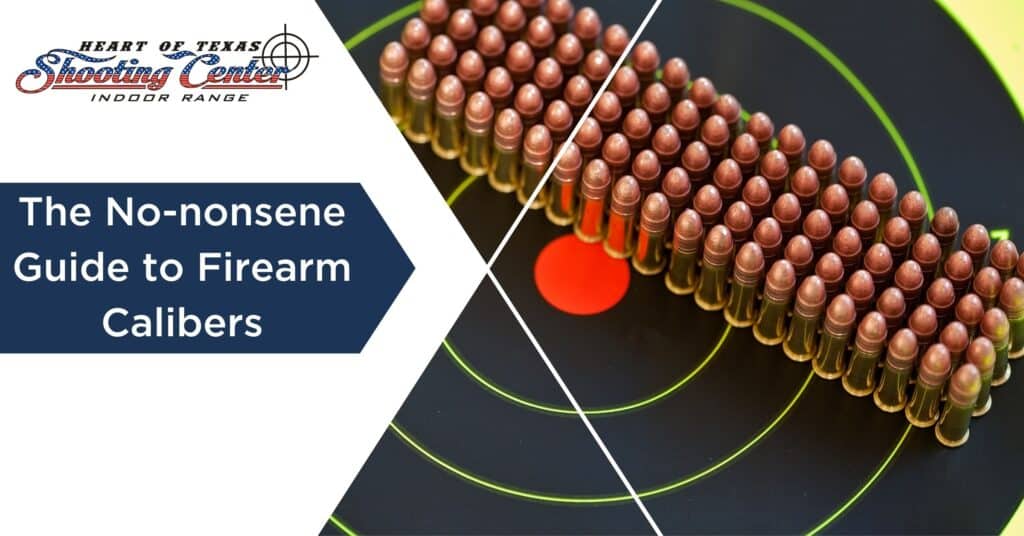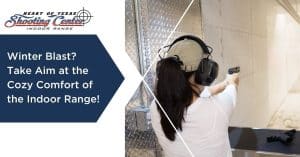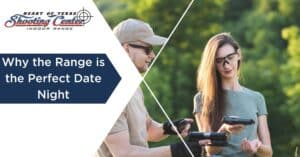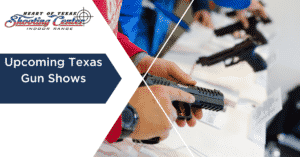Firearm safety requires the operator to know anything and everything about his/her firearm, from proper handling and storage practices to knowing the exact specifications of the gun. One important firearm specification that an owner must understand is caliber. Whether you’re handling a handgun or a hunting rifle, knowing the exact size caliber of your firearm is vital to buying the right ammunition. This guide to firearm caliber should help make that a bit easier.
What Is a Gun’s Caliber?
A gun’s caliber actually refers to the diameter of its bullet. The size is typically measured in both inches and millimeters, thus the “mm” metric commonly found on the product’s description. With some calibers, you’ll find a second number that has nothing to do with its size. For instance, the widely used .30-30 caliber bullet is a .30 sized caliber bullet, but the second “30” is an obsolete practice from the days when the cartridge was labeled with whatever amount of powder it can receive, which in this case is 30 grains.
Another popular misconception or little known fact is that “bullet” simply pertains to the metal projectile portion. The entire object, which envelops the primer, casing, powder, and bullet, is referred to as a “cartridge.” Lastly, note that every firearm has a special cartridge designation and that the ammunition is specific to the barrel stamp on the handgun or rifle.
Factors Used to Grade Calibers
So, what size caliber gun do I need? When purchasing a firearm or ammunition, there is no one-size-fits-all caliber rating. The choice of caliber size predominantly depends on what your main intention is for owning and operating the firearm, i.e., casual target shooting, big game hunting, or self-defense. Additionally, you’ll want to choose a firearm caliber that is relatively inexpensive, especially if you plan on buying a bulk of it, and one that is readily available. Other qualities that you might want to consider when choosing handgun or rifle calibers is versatility and ease of use. Some caliber cartridges are easier to shoot and yields better shooting accuracy than others.
Examples of Firearm Calibers
Some popular options within firearms aficionados include the 9mm Luger, .22 Long Rifle, and the 12 Gauge. Each caliber has its own pros and cons as well as main use cases. For instance, .22 caliber bullets are designed to be very compact, which allows you to purchase the ammunition in bulk without taking up a large amount of space. 12 Gauges, on the other hand, are the most common shotgun ammunition on the market, and are relatively inexpensive to purchase. A 9mm Luger, meanwhile, offers more cartridges per magazine, is readily available at your local gun shop, and generates minimal recoil.
Final Thoughts
Shopping for the correct rifle or handgun calibers is important to avoid any mechanical failures and safety hazards while shooting your firearm. If you are unsure of what caliber size best fits your needs, experts from Heart of Texas Shooting Center indoor range in Robinson, Texas can give you great recommendations on caliber sizes as well as useful tips on gun ownership.




